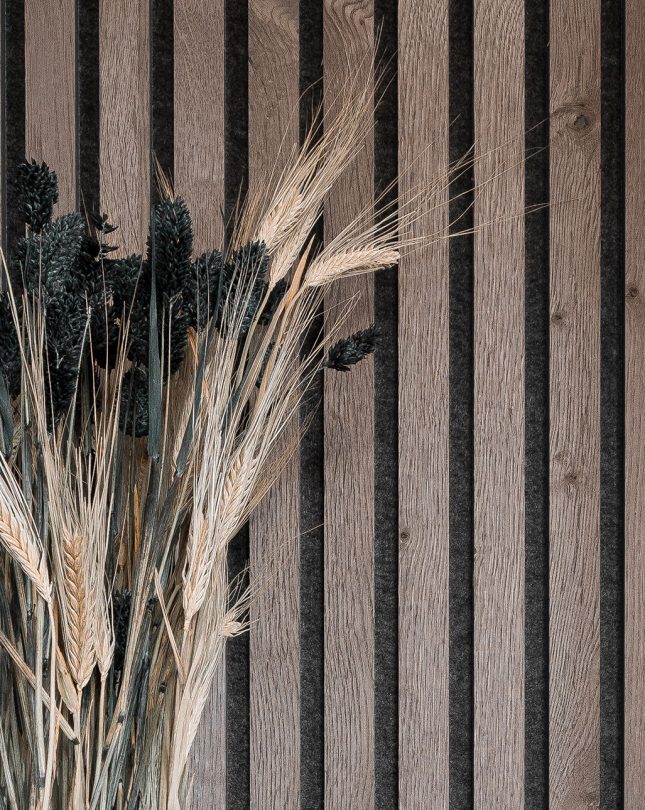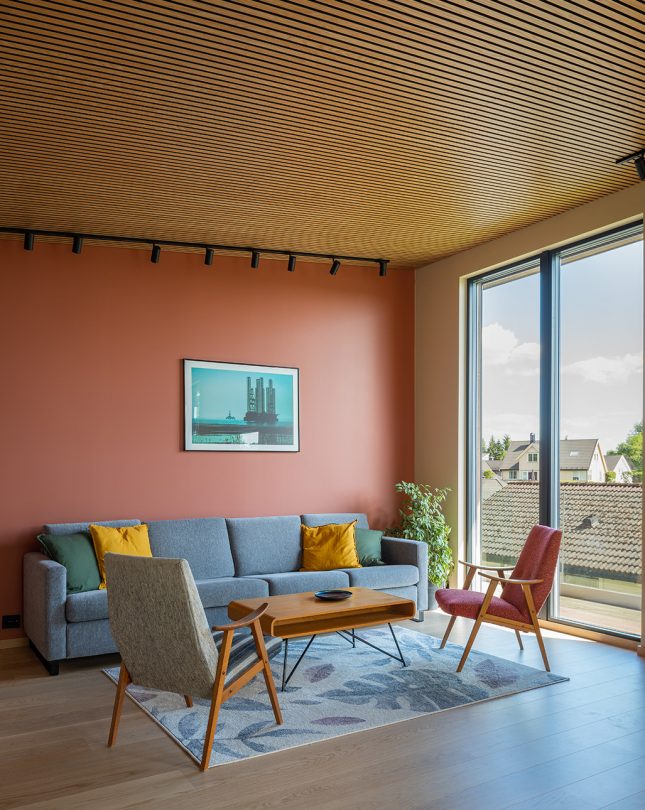Our latest news and views English
Underpinned by our Scandinavian design heritage, we bring you regular stories about architecture and interiors, exploring natural materials, acoustics, and the creation of safe and harmonious environments.
From boosting mood to reducing levels of harmful substances, natural materials such as wood play a key role in achieving harmonious residential design.

Connection with nature and the wellness benefits it brings might seem like a modern phenomenon, but the concept can be traced way back in time. In the late nineteenth and early twentieth centuries, for instance, before the widespread adoption of antibiotics, people with pulmonary conditions such as tuberculosis were sent to a sanatorium where a combination of rest, a decent diet and, crucially, fresh air and being surrounded by nature, was used to treat their symptoms.
While vaccination has largely alleviated TB, everyday stresses and strains remain. Making changes to our lifestyle is usually the first remedy towards improving our health, however, bringing nature inside is becoming a popular way of incorporating wellbeing into residential design.
This goes hand in hand with the rise of biophilic design; a concept used within architecture and interiors to increase users’ exposure to direct or indirect nature. The concept is based on the Biophilia Hypothesis, first coined by Edward Wilson in 1984, which suggests that humans have a biological need to be in contact with nature, and that we all seek this connection.
The desire for natural materials is why you’ll see people opting for cotton or silk bedding, choosing the unmistakable feel of a sheepskin rug underfoot or the texture of a rattan chair, made from weaving cane. Timber is another natural material choice. In residential settings it’s often introduced as flooring or panelling – such as Gustafs’ new Lamellow collection. In this way, it’s possible to enjoy the warmth and natural qualities of wood on walls and ceilings.
Wood and other natural materials don’t just look attractive and in some cases smell good, they can also have significant health benefits as Dr Graham Lowe points out in his paper Wood, Wellbeing and Performance. He says, “Their neurological, physiological and psychological responses result in less stress, lower blood pressure, more relaxation and positive moods, and increased concentration.” This is backed up by a study from the University of British Columbia which looked at the impact of the presence of visual wood surfaces in a room. Researchers found it lowered sympathetic nervous system (SNS) activation, a physiological stress response in humans.


Dr Lowe’s report also talks about wood improving indoor air quality as a result of its hypoallergenic properties, reducing the amount of potentially harmful substances such as formaldehyde and other volatile organic substances which can be found in the home in man-made fibres.
Residential design can incorporate natural materials in so many ways, from houseplants bringing greenery to a living space, to wooden panelling bringing acoustic benefits to a home office. All of these can contribute to increased levels of wellbeing and an overall feeling of harmony at home.